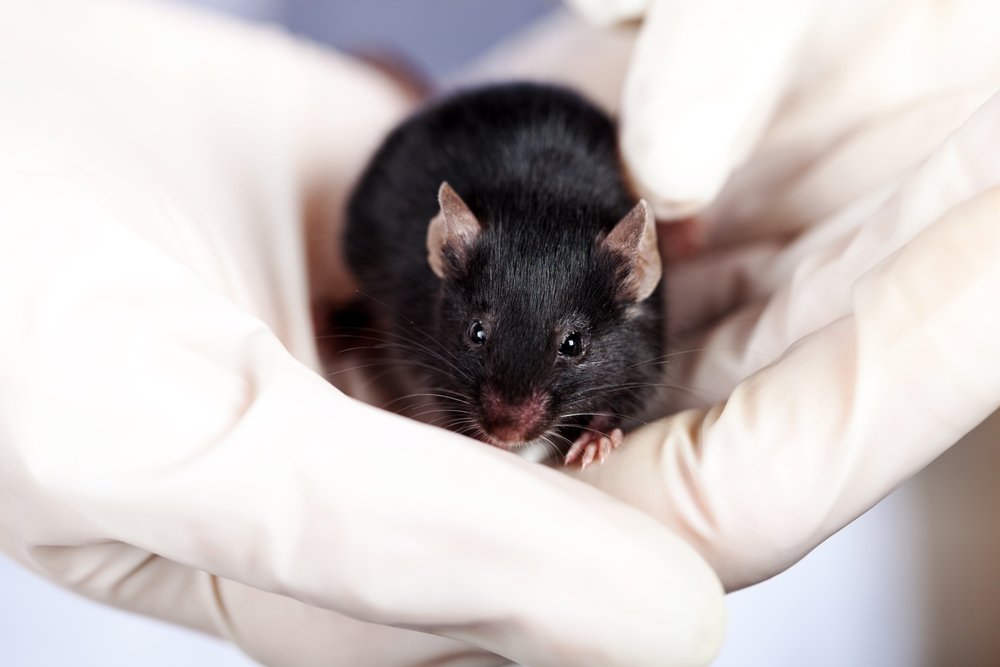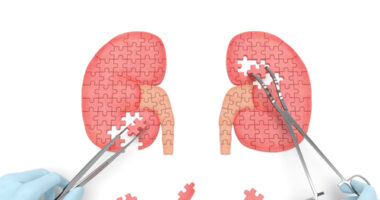Natural Molecule Slows Progression of Kidney Disease in Alport Mice

Exposing a mouse model of Alport syndrome to the naturally occurring factor pentraxin-2 slowed progression of kidney disease and increased mice lifespan, say researchers at the University of Washington in Seattle.
Their findings, published in the journal JCI Insight, suggest that pentraxin-2 could potentially treat chronic fibrotic kidney disease.
Speculating on this factor’s link to Alport syndrome followed publication of reports indicating that levels of the anti-inflammatory molecule is deficient in people with fibrotic diseases. Mutations in the gene are linked to autoimmune disease and increased fibrotic processes.
While the research team had shown earlier that giving pentraxin-2 to mice with acute kidney disease prevented fibrosis, their new study, “Pentraxin-2 suppresses c-Jun/AP-1 signaling to inhibit progressive fibrotic disease,” demonstrated that the molecule also benefits Alport mice.
Mice in the experiments lacked the Col4a3 gene — and so, had similar symptoms to those seen in patients with the ARAS (autosomal recessive Alport Syndrome) and ADAS (autosomal dominant Alport Syndrome) forms of the condition.
Such mice typically show changes in their kidney structure by five weeks, and progress to end-stage kidney disease and death by their tenth week of life.
But when researchers gave the animals injections with pentraxin-2 twice a week, they had still functional kidneys by week nine. They also had substantially lower levels of blood urea nitrogen and albumin in their urine.
In experiments comparing the animals’ lifespans, control mice started losing weight when they reached seven weeks of age, and all died of kidney failure by week 11. In contrast, mice that received pentraxin-2 injections started losing weight two weeks later, and survived for a median of two weeks longer.
Microscopic evaluation of the kidneys revealed that the treatment reduced fibrosis in the kidney glomeruli — the tiny filtering unit of the kidneys — and preserved the structure of the basement membrane.
In addition, researchers noted lower levels of inflammation and cell death in the kidney tubules of treated mice — an observation linked to the presence of lower numbers of inflammatory cells.
To understand how pentraxin-2 affected the disease processes, the team combined computer modeling with lab experiments to track down involved genes. They discovered that the treatment activated c-Jun and AP-1 — factors which, in turn, control the activity of other genes. This boosted levels of anti-inflammatory molecules while lowering concentrations of fibrosis-promoting factors.







Leave a comment
Fill in the required fields to post. Your email address will not be published.